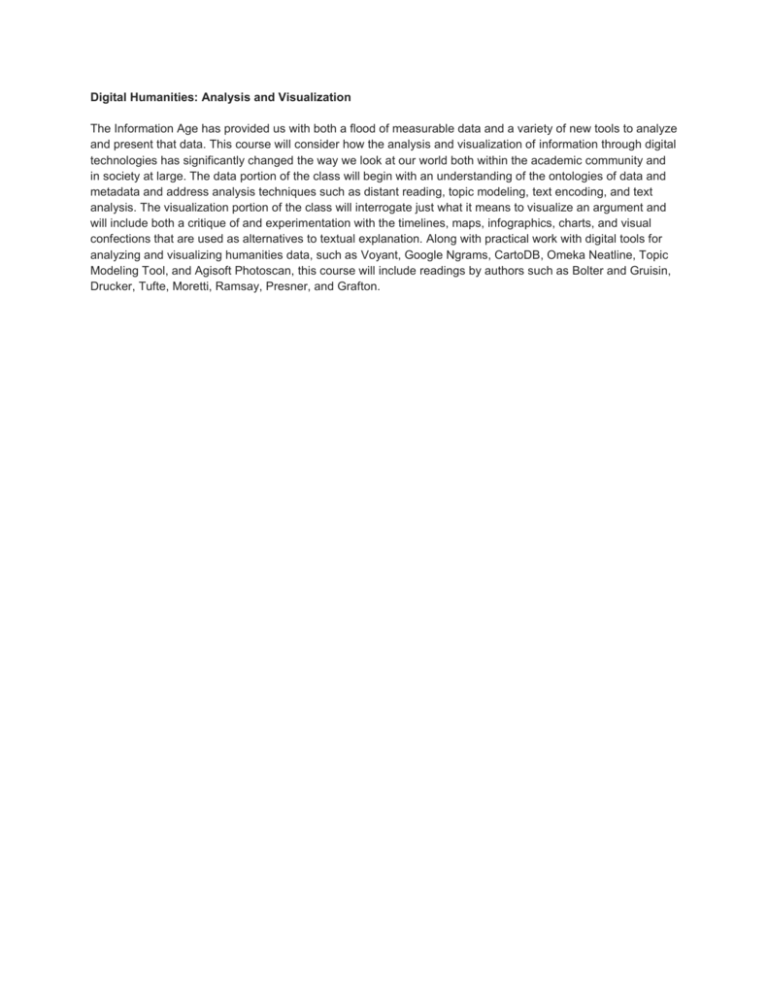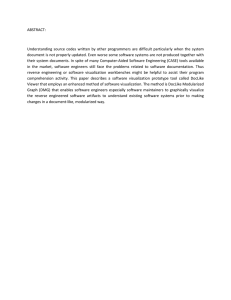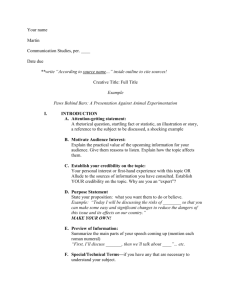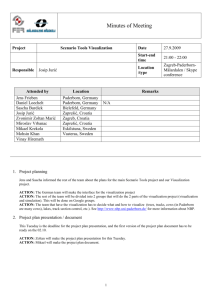Digital Humanities: Analysis and Visualization
advertisement

Digital Humanities: Analysis and Visualization The Information Age has provided us with both a flood of measurable data and a variety of new tools to analyze and present that data. This course will consider how the analysis and visualization of information through digital technologies has significantly changed the way we look at our world both within the academic community and in society at large. The data portion of the class will begin with an understanding of the ontologies of data and metadata and address analysis techniques such as distant reading, topic modeling, text encoding, and text analysis. The visualization portion of the class will interrogate just what it means to visualize an argument and will include both a critique of and experimentation with the timelines, maps, infographics, charts, and visual confections that are used as alternatives to textual explanation. Along with practical work with digital tools for analyzing and visualizing humanities data, such as Voyant, Google Ngrams, CartoDB, Omeka Neatline, Topic Modeling Tool, and Agisoft Photoscan, this course will include readings by authors such as Bolter and Gruisin, Drucker, Tufte, Moretti, Ramsay, Presner, and Grafton.











